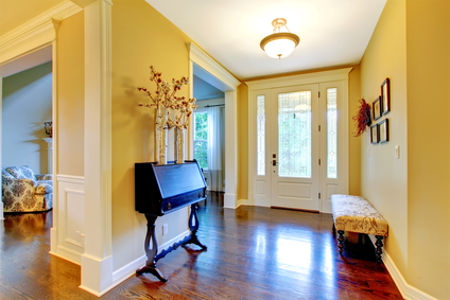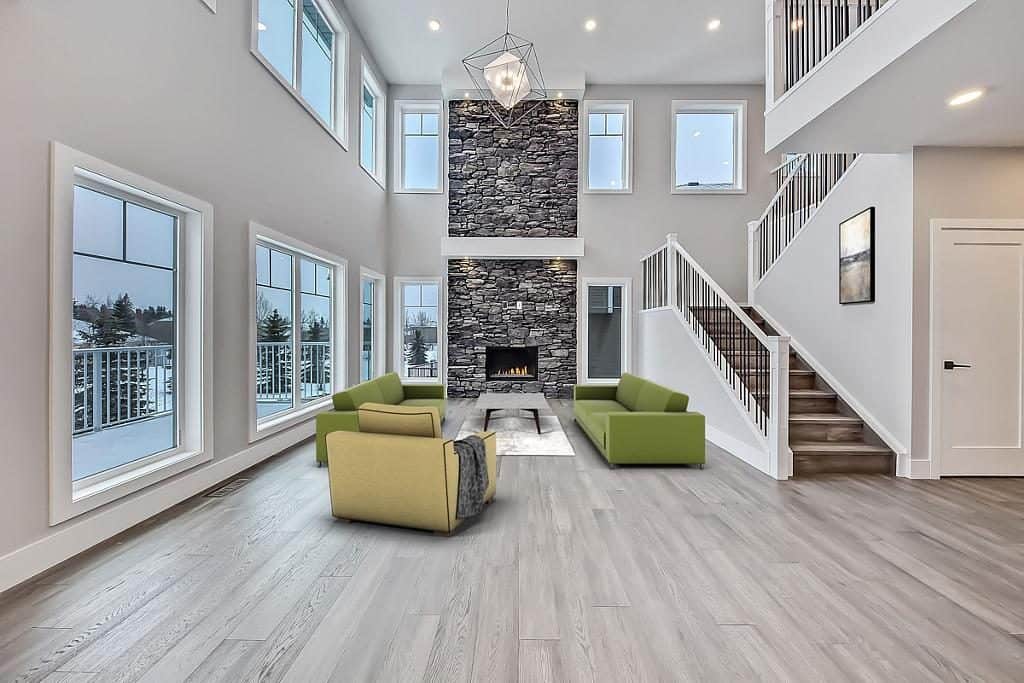Cleveland Metro Painting Specialists Offering Top-Notch Interior and Exterior Painting
Cleveland Metro Painting Specialists Offering Top-Notch Interior and Exterior Painting
Blog Article
Enhance Your Interior Decoration With Comprehensive Color Consultation
The integration of color appointment right into indoor layout provides a distinct chance to improve and boost the psychological and visual vibration of a space. By engaging with a skilled color expert, you can navigate the intricacies of color choice, making certain that your selections not just complement architectural attributes but likewise reverberate with personal design and psychological impact.
Benefits of Shade Examination

Additionally, shade consultation help in maximizing natural light and maximizing spatial perception. Lighter colors can make a room appear even more large, while darker tones create an intimate setup. Cleveland Metro Painting Specialists. This tactical application of shade can dramatically affect the overall ambiance of any type of interior room
In addition, specialist experts have a comprehensive understanding of current fads and timeless standards, making sure that the picked colors will continue to be attractive over time. This foresight can conserve clients from costly redesigns in the future. Shade consultation equips clients by giving them with a clear vision and instructions, promoting confidence in their style selections and ultimately leading to a more successful and gratifying interior design end result.
Recognizing Shade Psychology
The significance of color psychology in interior decoration can not be overstated, as it explores the psychological and mental impacts that various hues can evoke in people. Colors can influence state of mind, behavior, and even performance, making them an important factor to consider in any type of style project.
For circumstances, warm shades such as red, orange, and yellow are typically related to power and heat. They can promote sensations of exhilaration and convenience, making them appropriate for social spaces like living kitchen areas or rooms. Alternatively, trendy shades like blue, eco-friendly, and purple have a tendency to stimulate peace and tranquility, making them perfect for bedrooms or reflection locations.
In addition, using neutral tones can develop a balanced environment by enabling the bolder colors to stand out without overwhelming the senses. Recognizing these emotional impacts makes it possible for developers to develop rooms that not only look visually pleasing but also promote psychological health.
Incorporating color psychology right into indoor style entails a thoughtful choice of shades tailored to the designated function of each space, ultimately enhancing the overall experience for its occupants. This recognition is critical for attaining a harmonious and practical interior environment.
The Color Wheel Described
Comprehending the relationships between colors is crucial for reliable indoor design, and the shade wheel works as an important tool in this procedure. The shade wheel, developed by Isaac Newton in the 17th century, shows the spectrum of colors organized in a round format. It comprises main colors-- red, blue, and yellow-- that can not be created by mixing other colors. Additional shades, formed by combining key colors, include green, orange, and purple. Tertiary shades arise from mixing a key and a secondary color, leading to hues such as blue and red-orange.
The shade wheel helps designers understand the relationships between shades, including corresponding, comparable, and triadic schemes. Complementary shades, positioned opposite each other on the wheel, develop vivid contrasts that can invigorate an area. Comparable colors, located next off to each other, look at this web-site give a harmonious and cohesive look. Triadic plans utilize three uniformly spaced colors, offering balance and visual passion.
Using the color wheel in interior decoration not only improves aesthetic appeal but additionally stimulates specific feelings and atmospheres, making it a straight from the source crucial reference for shade consultation. Understanding these connections eventually encourages developers to create areas that are both functional and aesthetically exciting.
Selecting the Right Scheme
A well-chosen shade plan can merge a space, enhance its attributes, and stimulate preferred feelings. Different rooms offer different functions and need palettes that mirror their intended use; for instance, relaxing colors such as soft blues or greens function well in bedrooms, advertising relaxation.
Following, take into consideration the natural light readily available. Light can dramatically modify how colors show up, so it is important to analyze the room at various times of the day. In addition, think about existing building components and furnishings. A harmonious palette should complement these features, producing a natural look throughout the room.
When selecting shades, use the 60-30-10 regulation, which suggests that 60% of the space need to be a leading color, 30% a second shade, and 10% an accent color. This ratio ensures balance and aesthetic interest (Cleveland Metro Painting Specialists). Finally, sample colors on the walls prior to devoting, as this allows you to see how the tones interact with one another and the total setting they produce in your indoor design job.
Collaborating With a Shade Consultant

When collaborating with a color specialist, the process commonly starts with an initial appointment. Throughout this conference, you'll discuss your vision, preferences, and the existing components in your space. The consultant will certainly analyze your requirements and might recommend details shade palettes that align with your goals.
After establishing a direction, the expert will offer samples and visual aids to assist you picture the suggested shade plans. This step is essential, as colors can show up differently under varying lights conditions.
Additionally, a color specialist can direct you in picking corresponding home furnishings, artwork, and accessories to harmonize with your picked palette. By teaming up closely, you can achieve a refined aesthetic that elevates your insides and develops a welcoming ambience. Eventually, the experience of a shade expert can considerably boost the total effect of your design task.
Final Thought
In recap, detailed shade appointment offers as a crucial device for boosting interior layout. By leveraging specialist expertise of color psychology and spatial characteristics, a tailored color combination can be established to evoke particular emotions discover this and produce a harmonious atmosphere.
By engaging with a skilled color professional, you can navigate the intricacies of shade option, guaranteeing that your choices not just complement building features yet additionally resonate with personal design and mental impact. It comprises main shades-- red, blue, and yellow-- that can not be created by blending other shades.The shade wheel helps developers realize the connections in between colors, including corresponding, similar, and triadic systems.When picking colors, use the 60-30-10 regulation, which suggests that 60% of the room should be a leading color, 30% an additional color, and 10% an accent color. By leveraging expert understanding of color psychology and spatial characteristics, a tailored color palette can be established to stimulate particular feelings and develop a harmonious environment.
Report this page